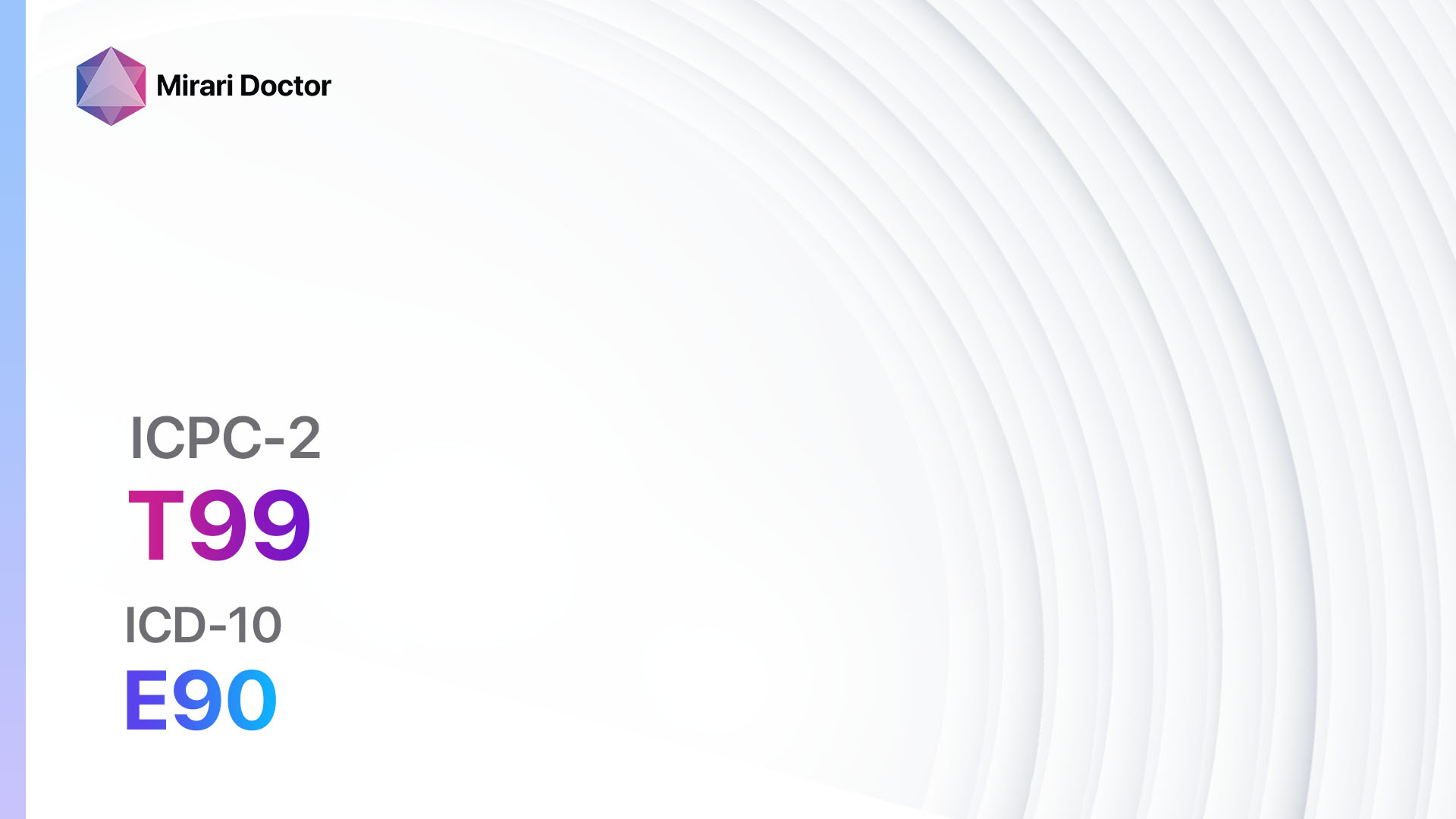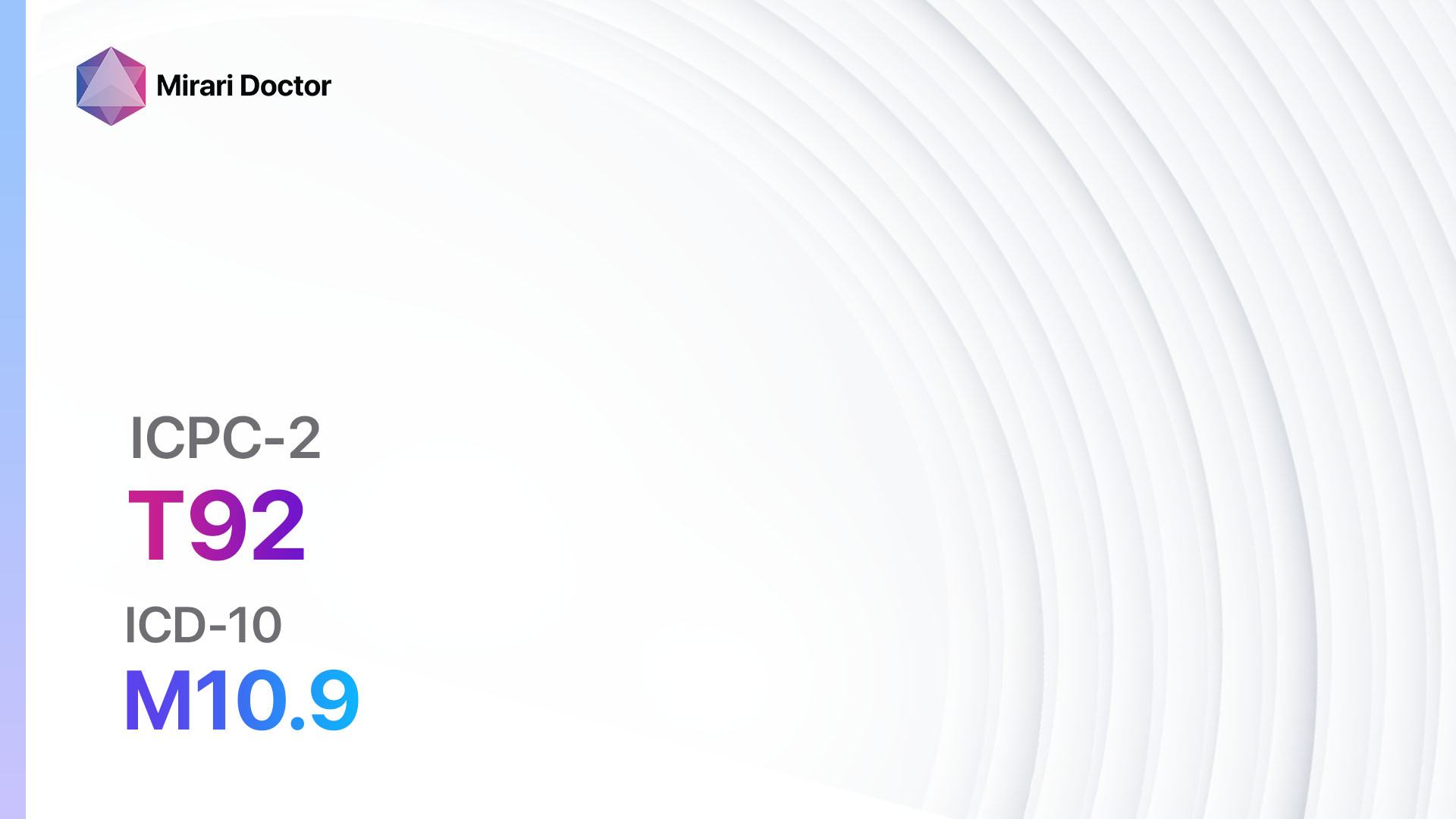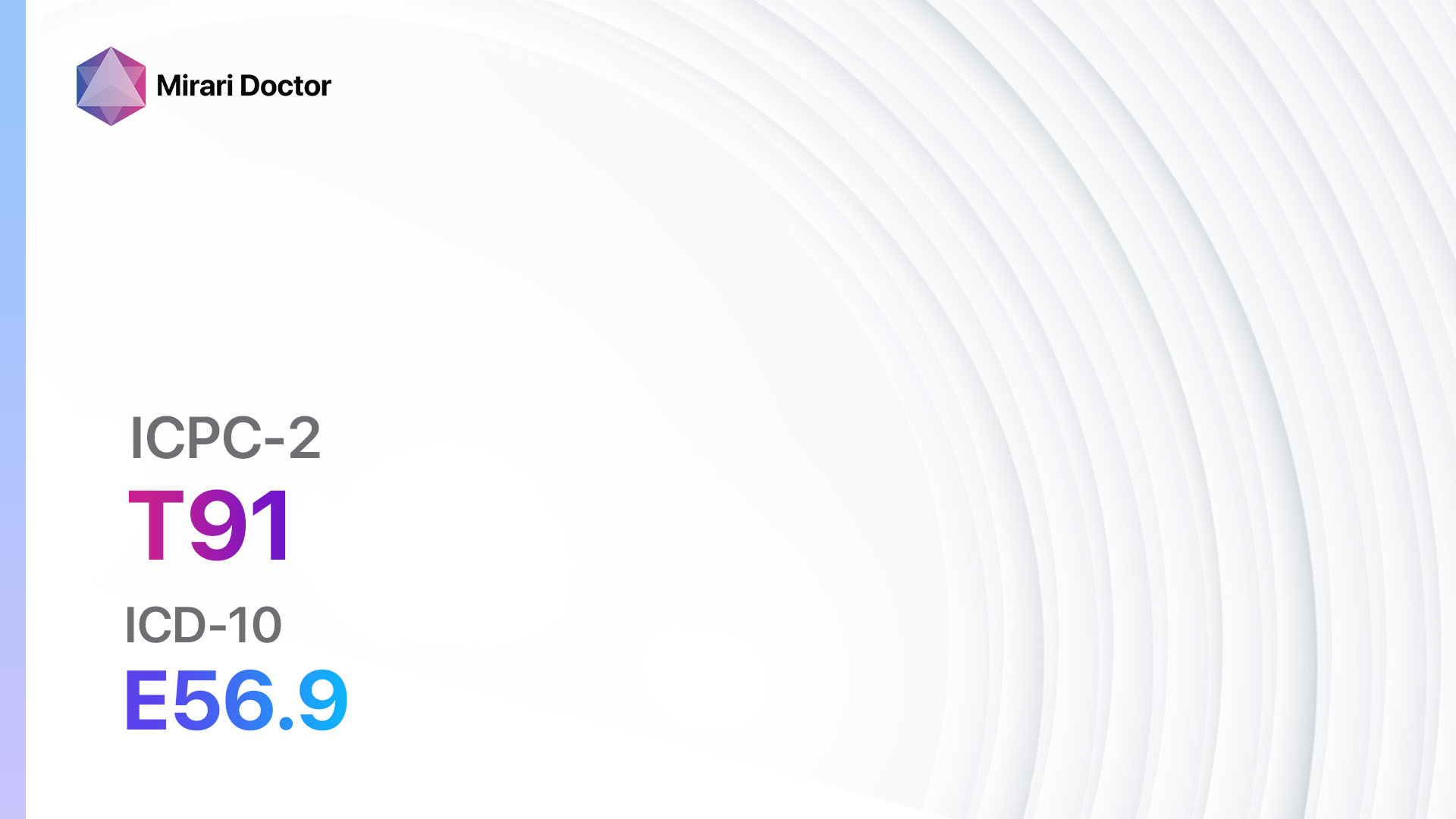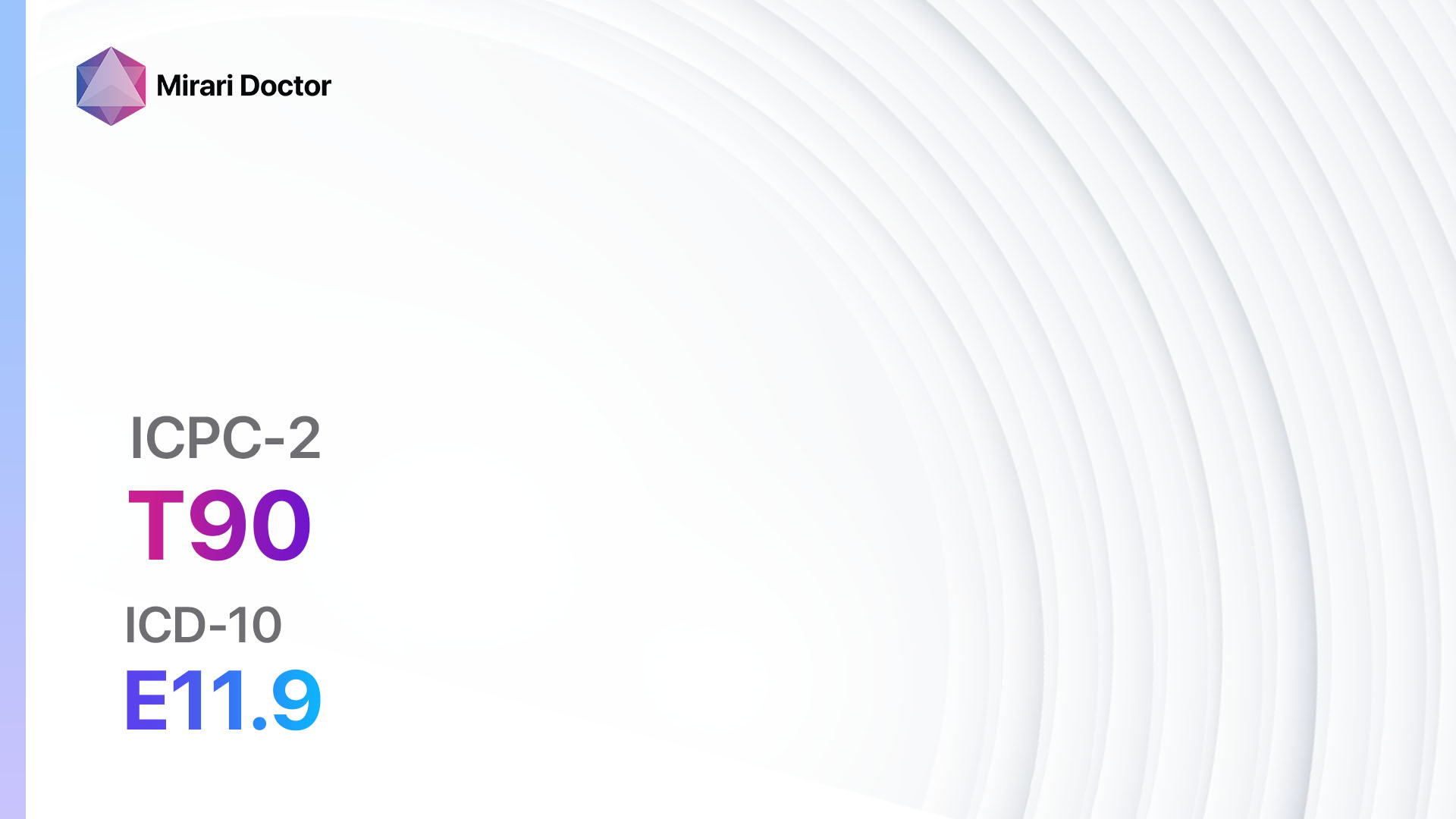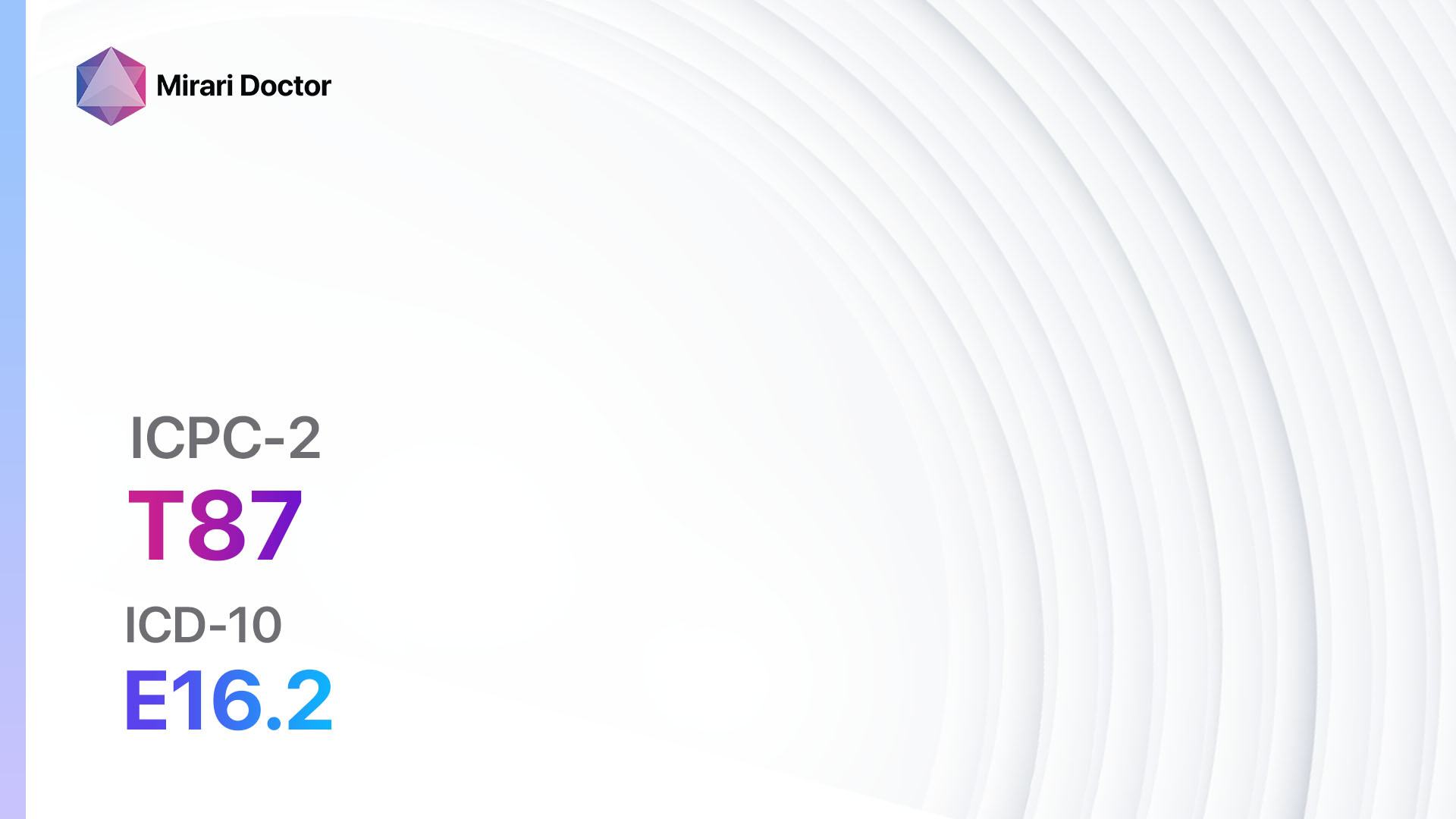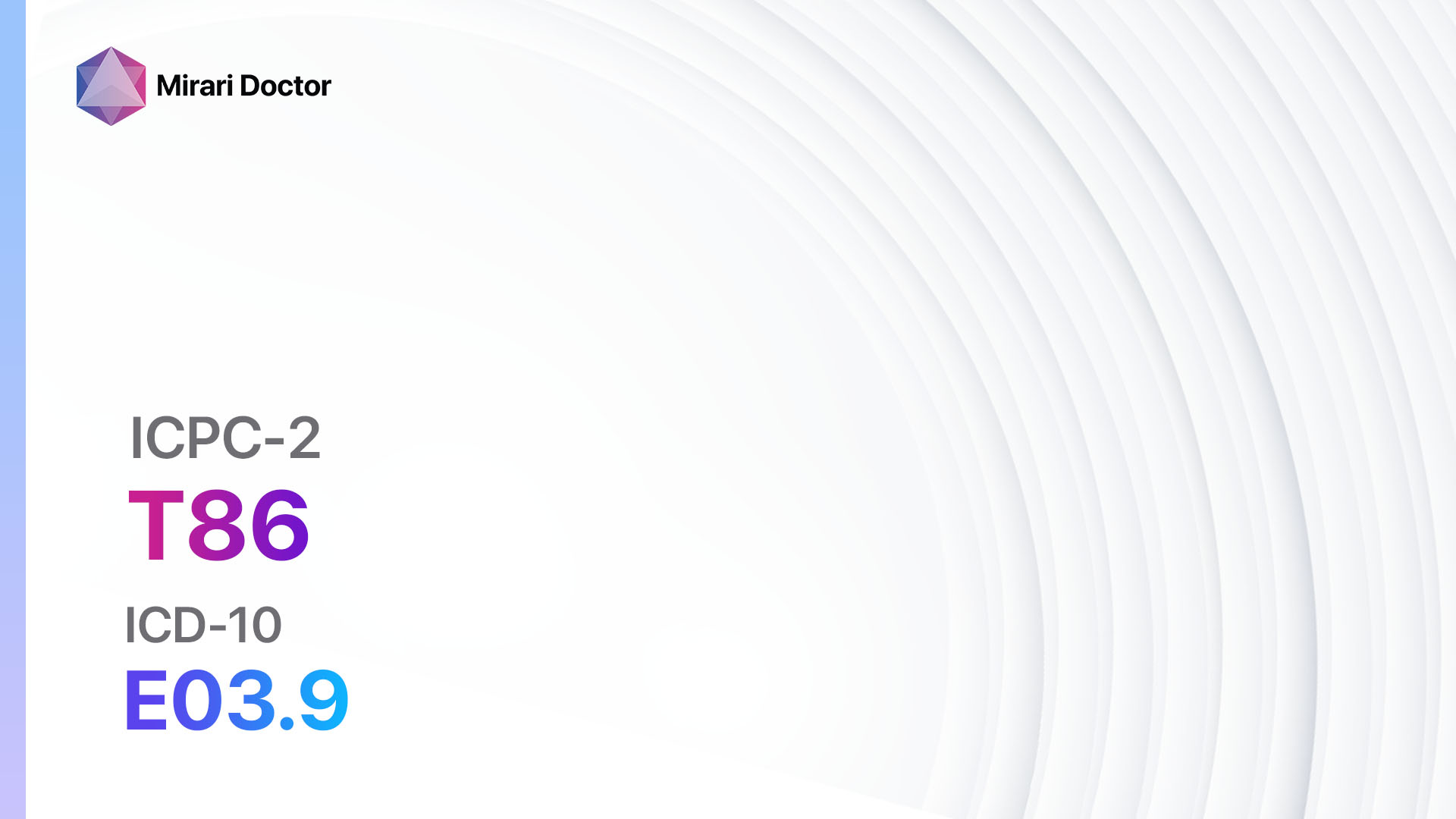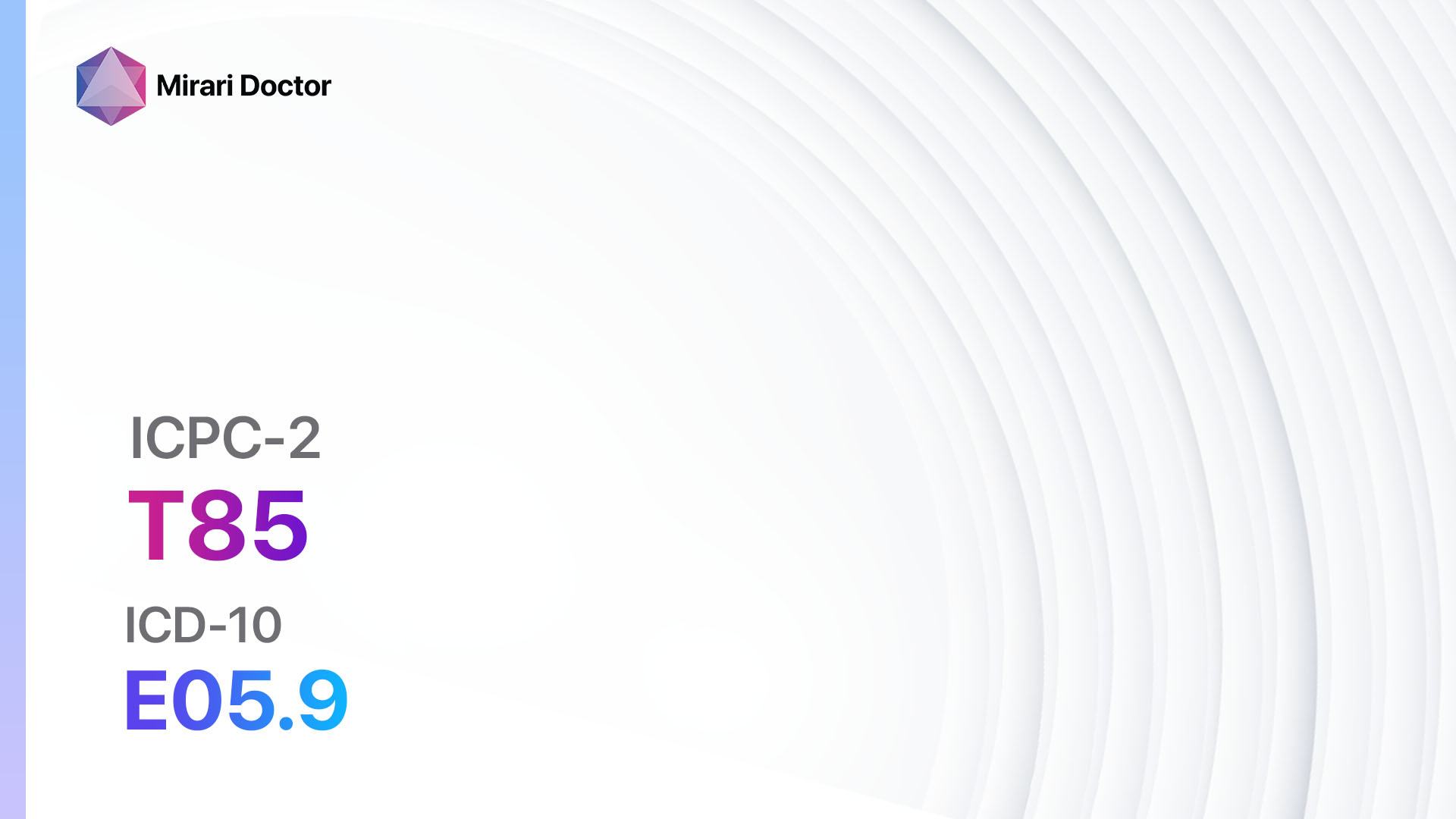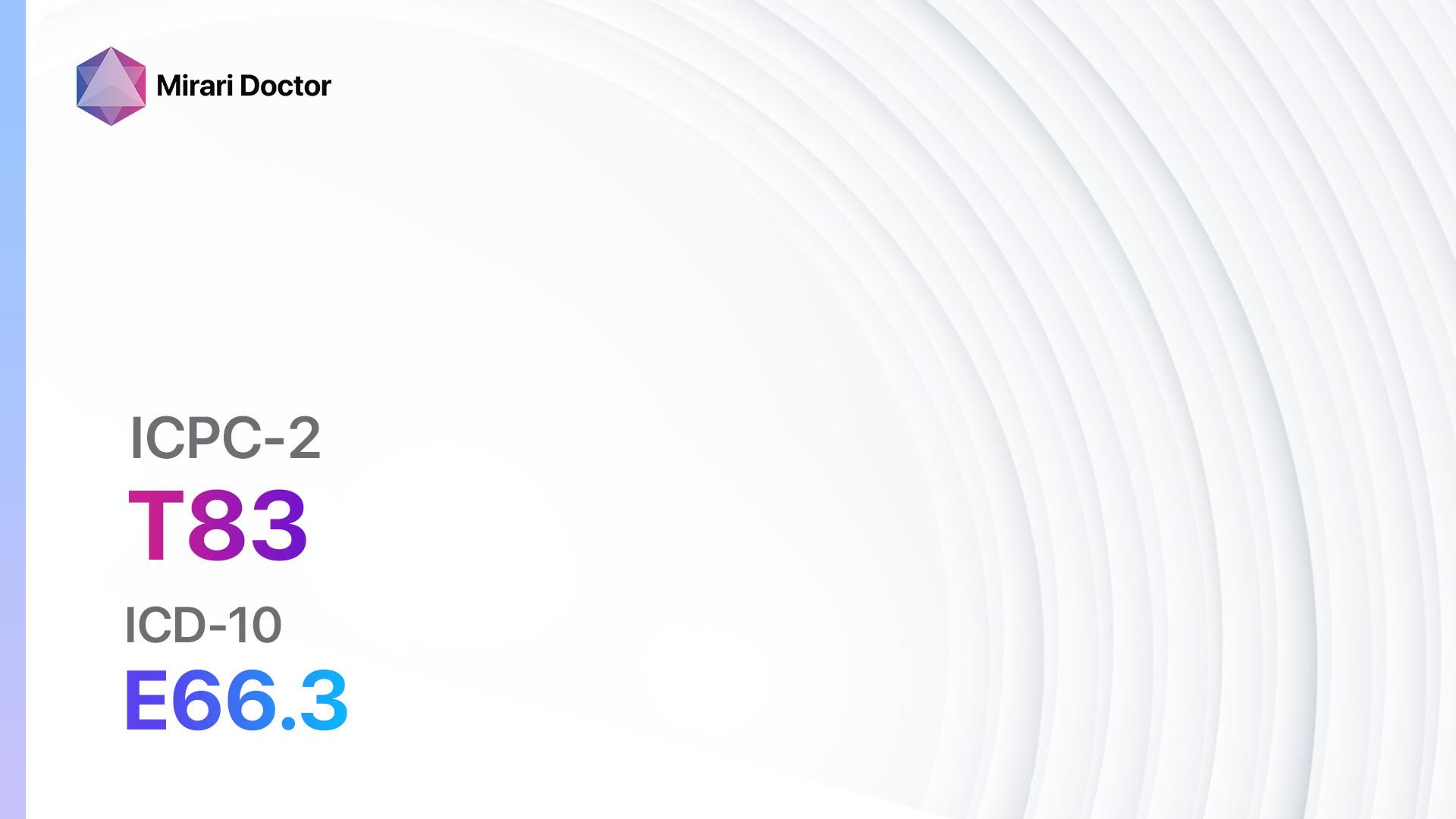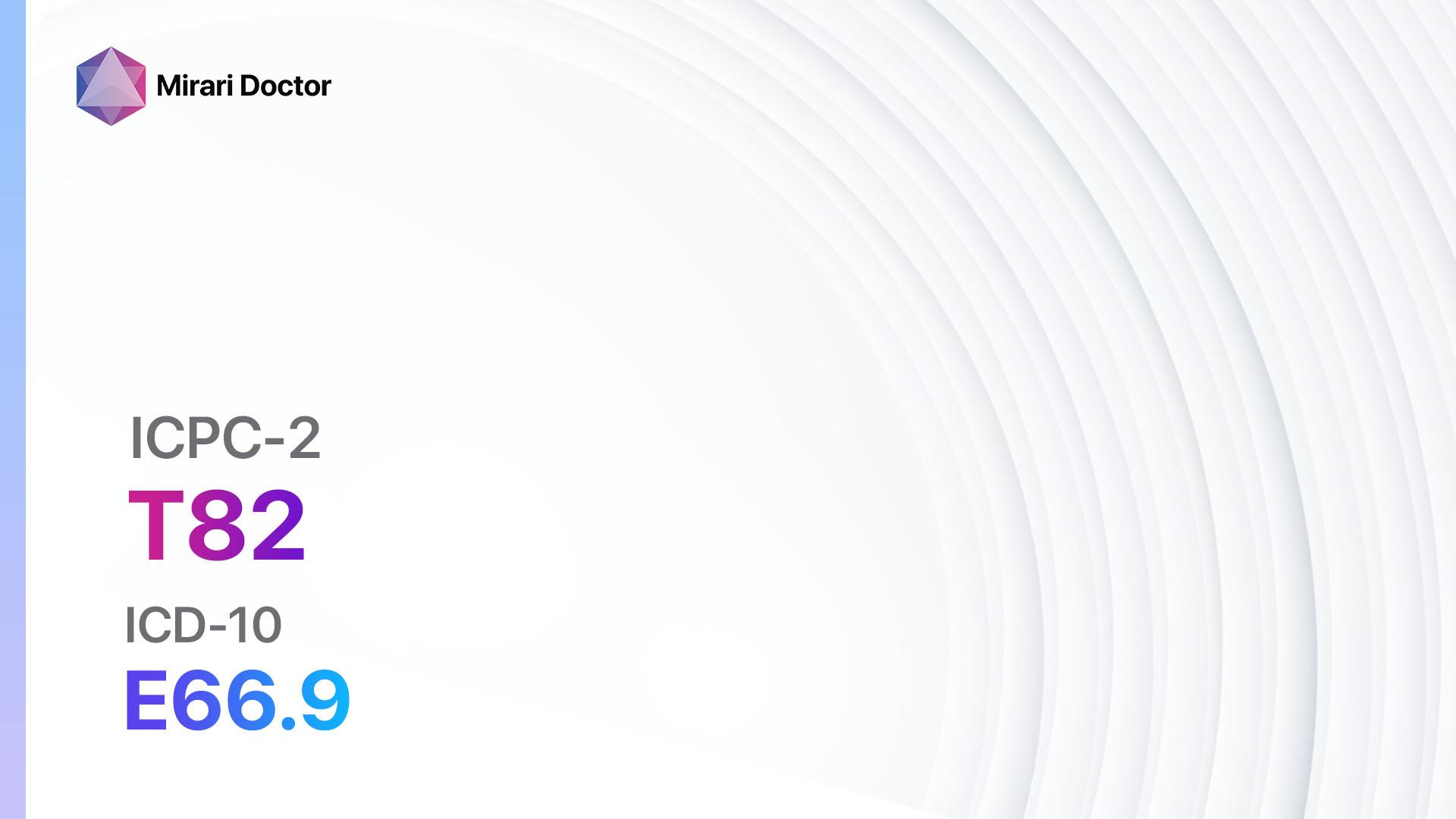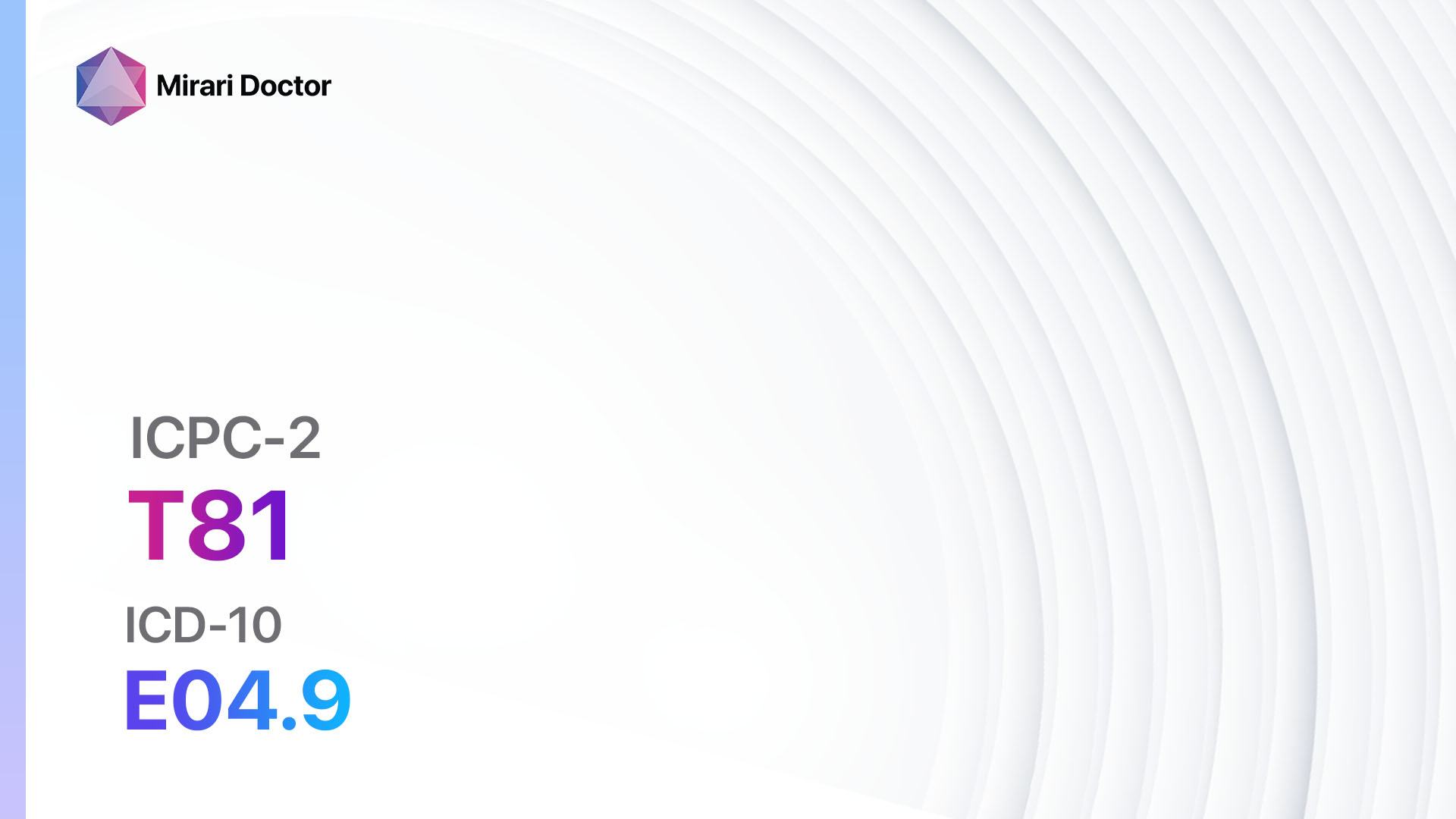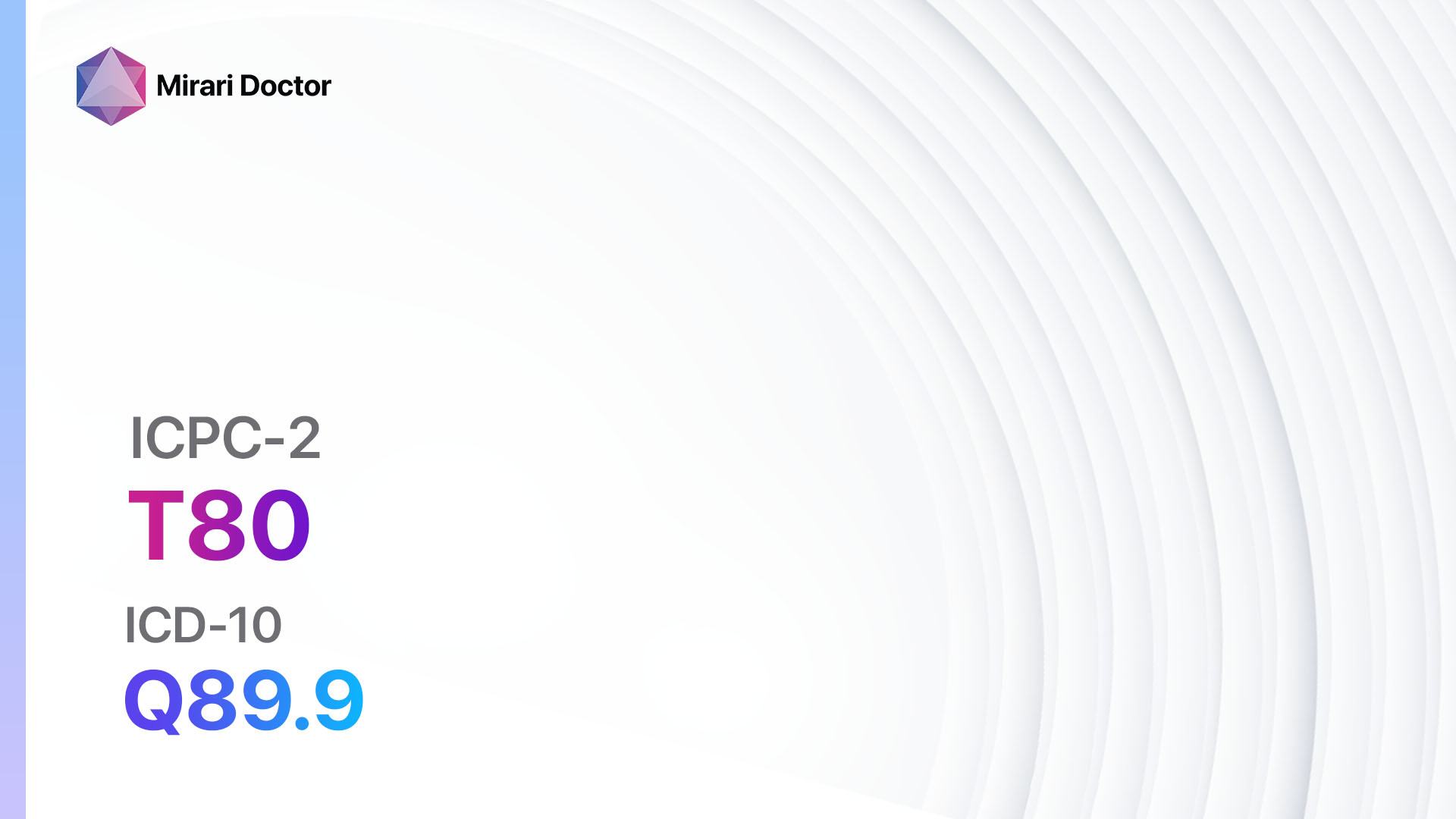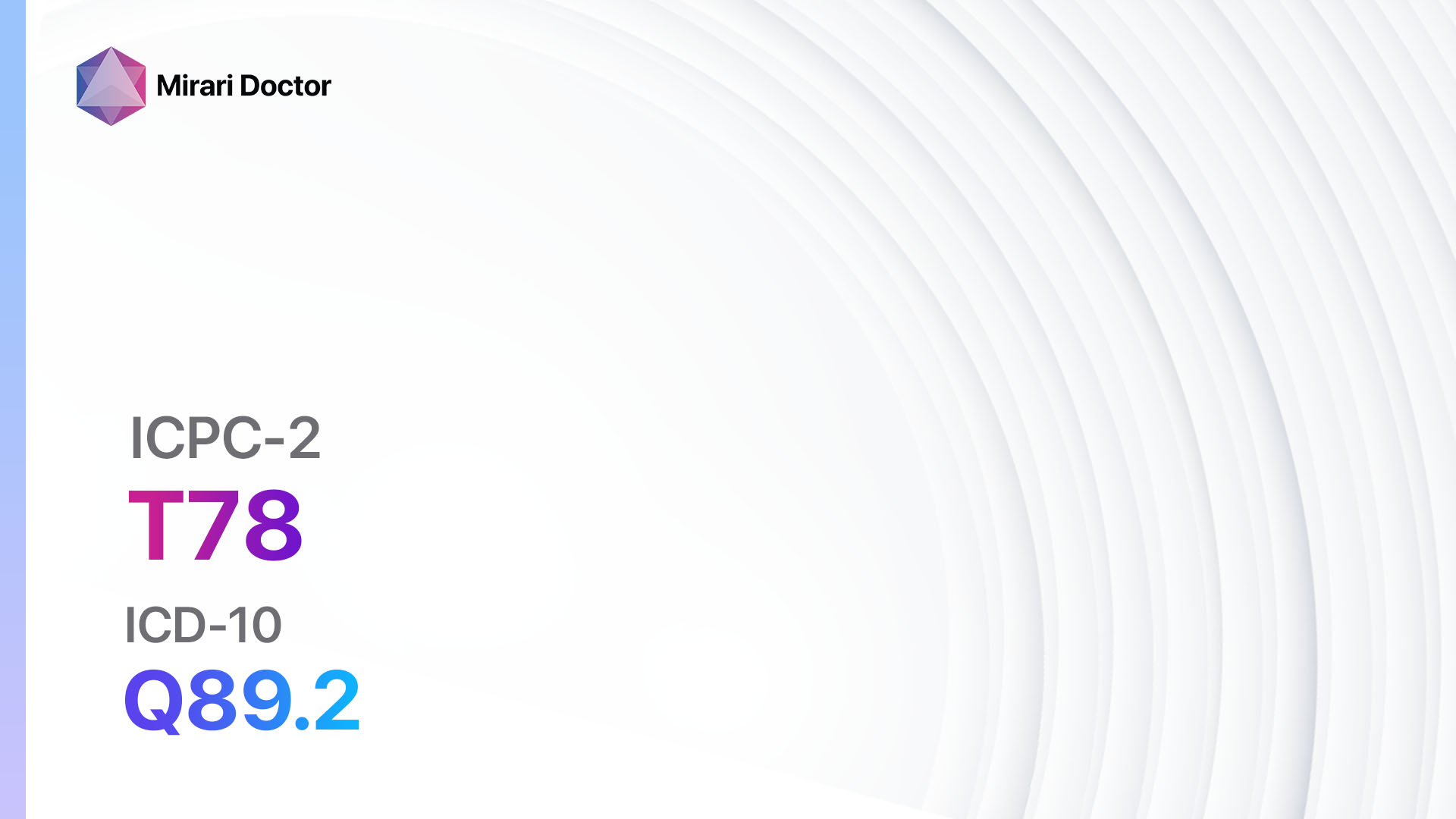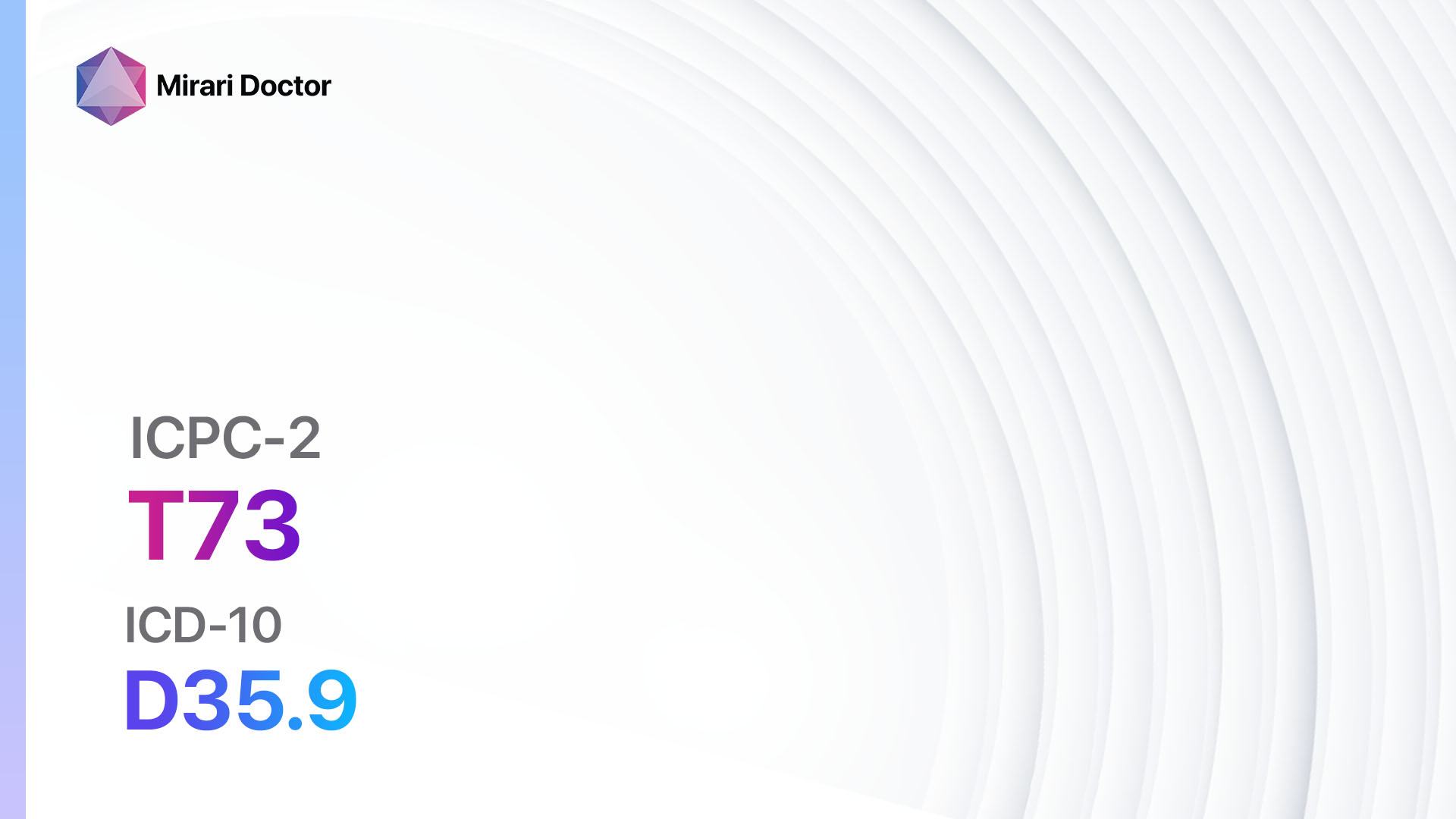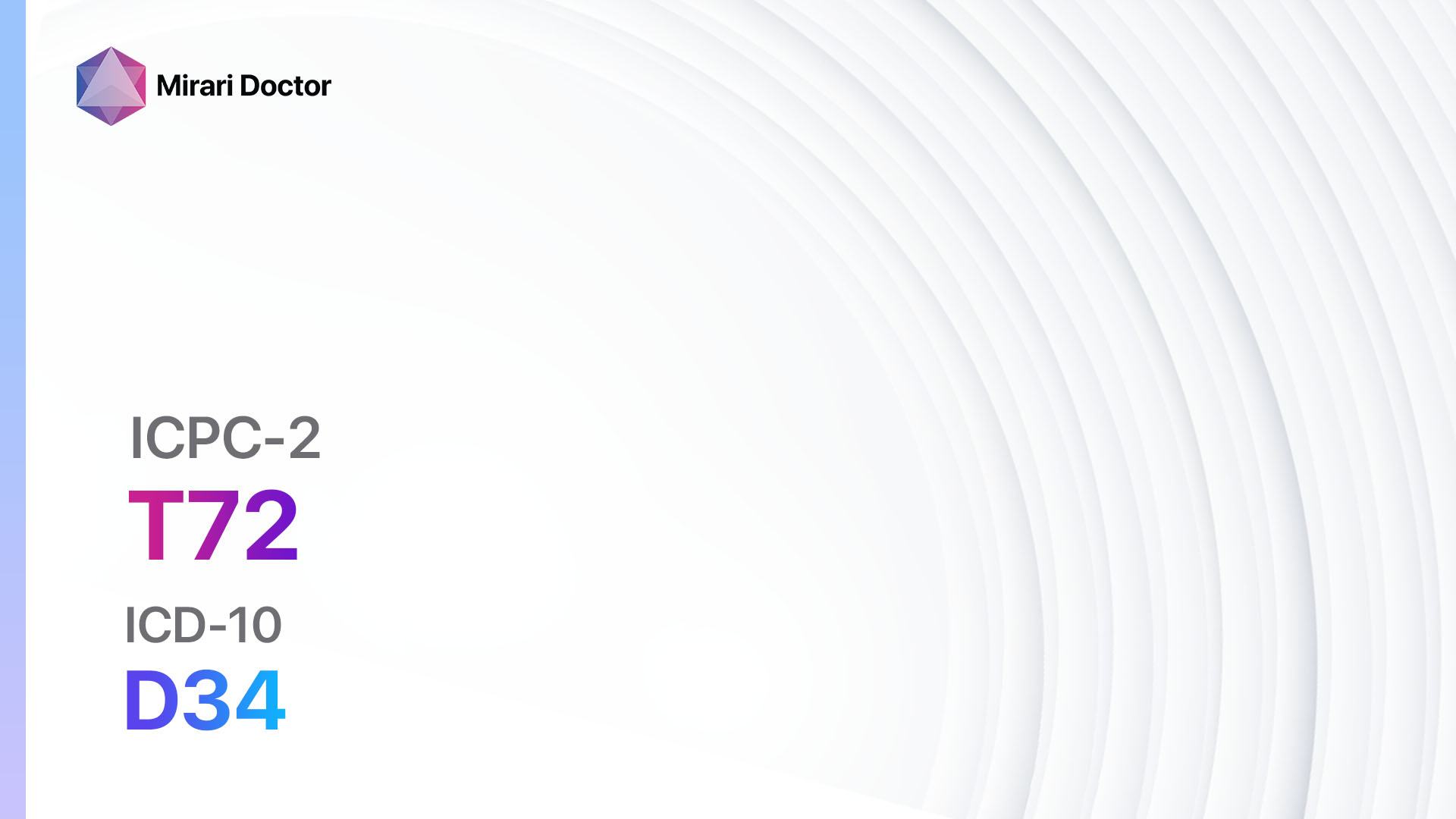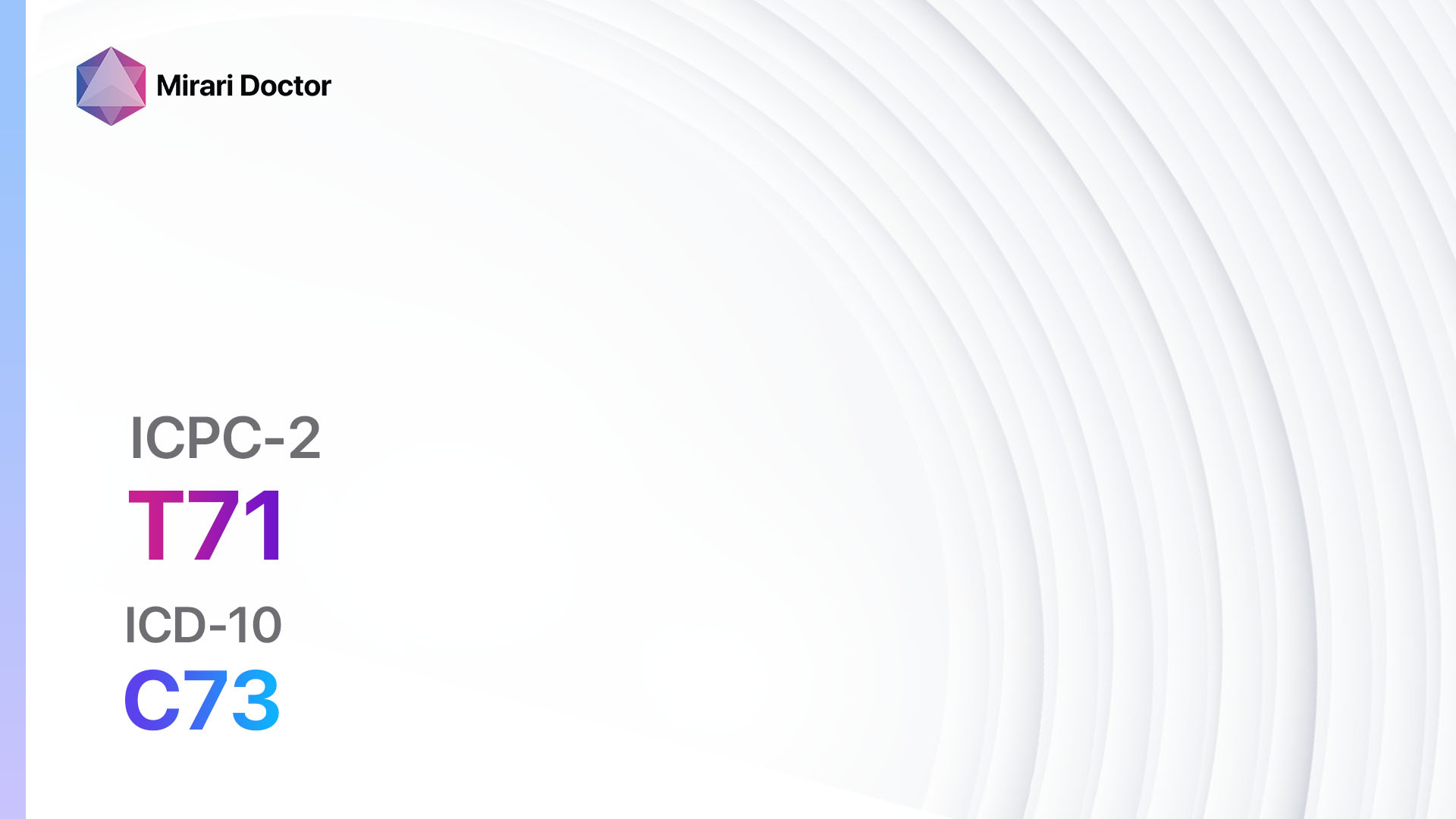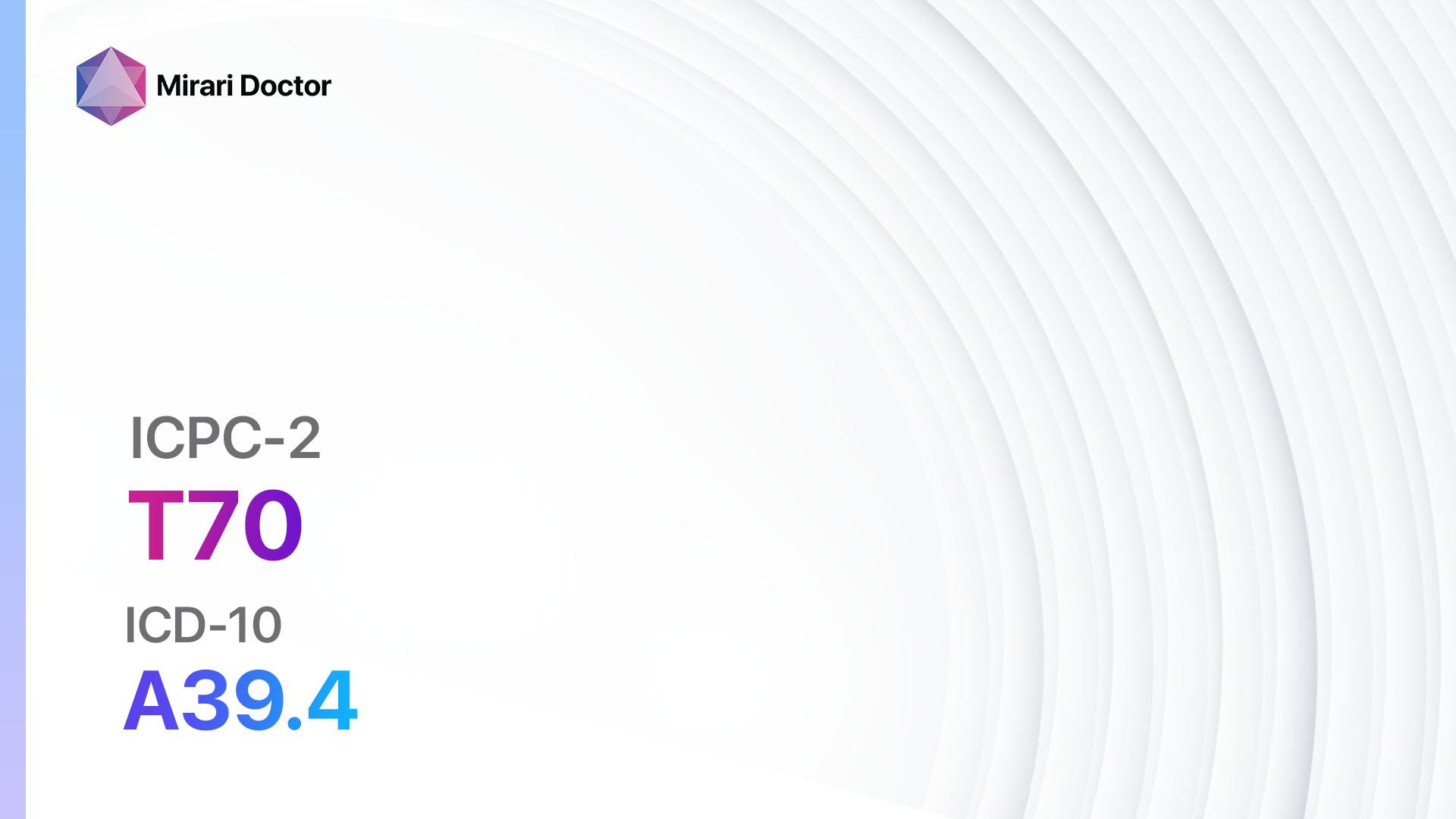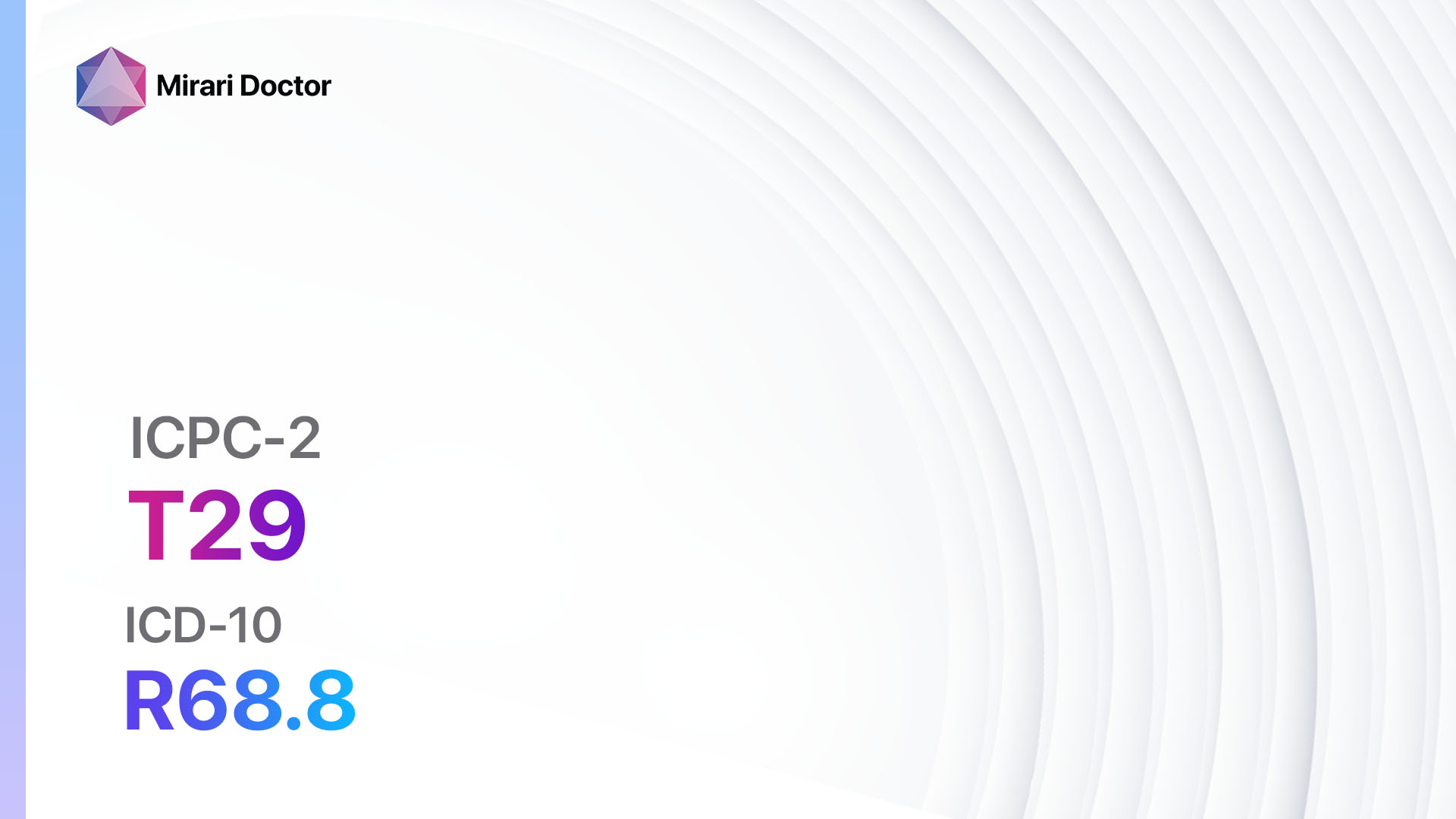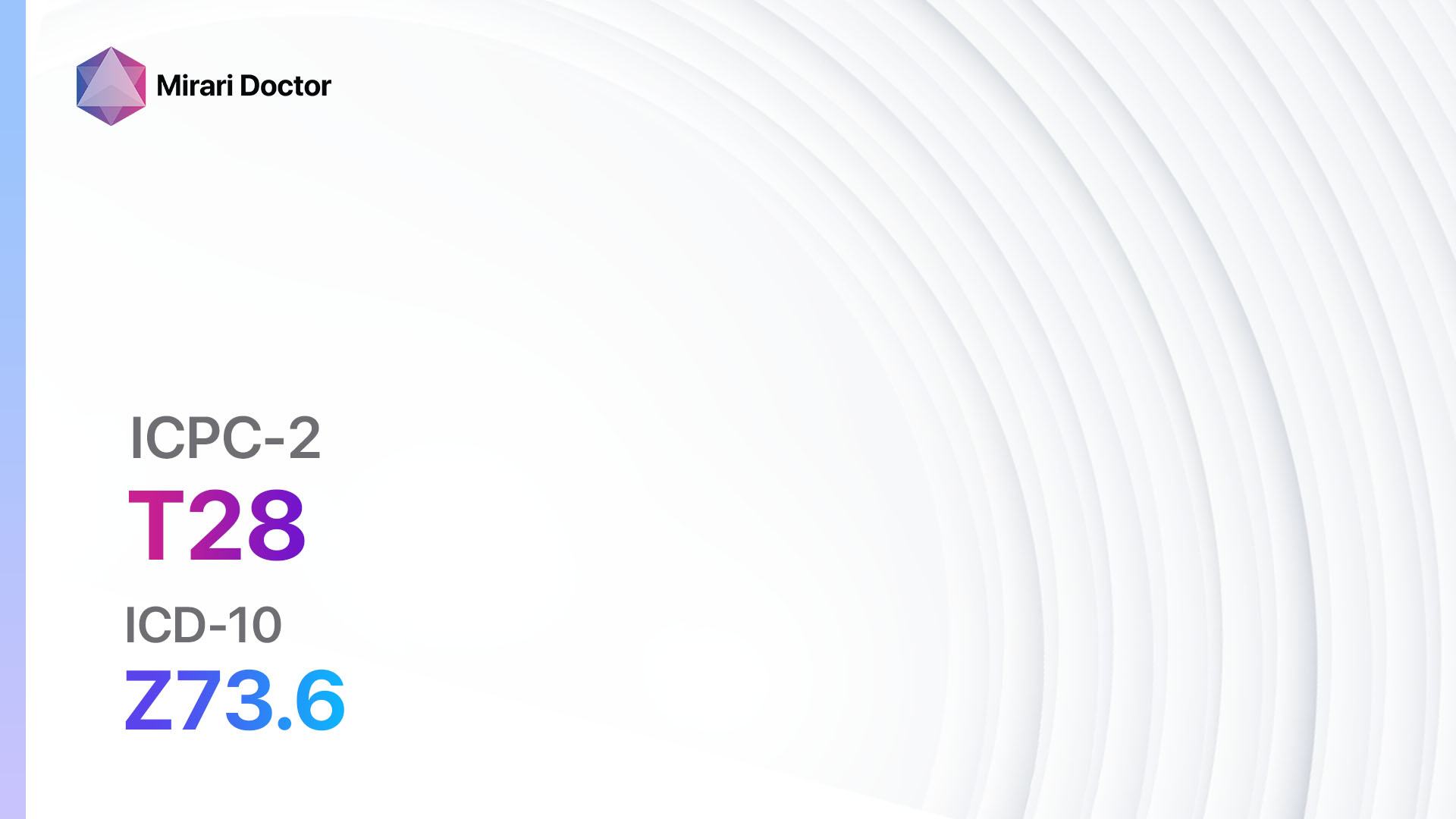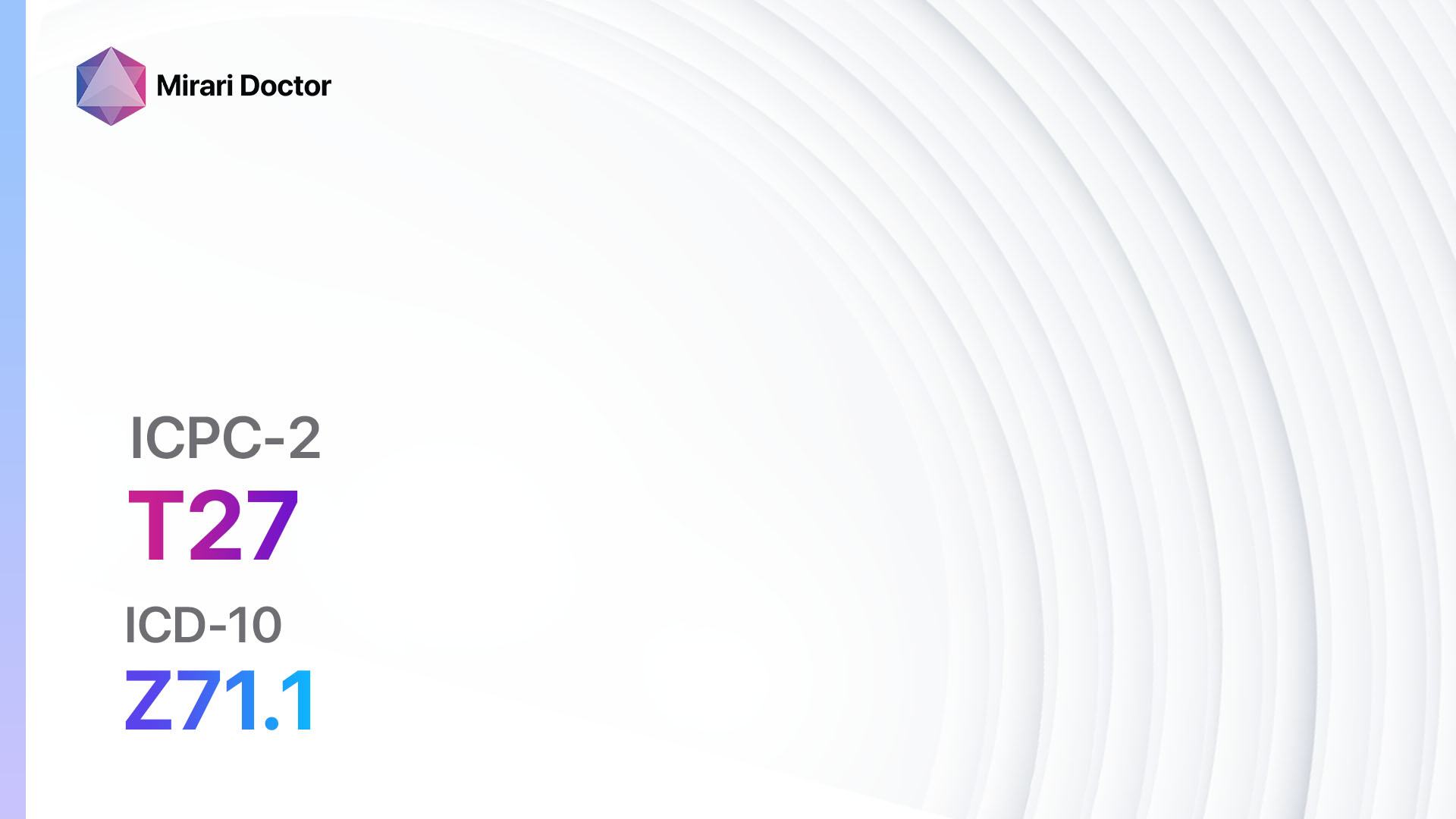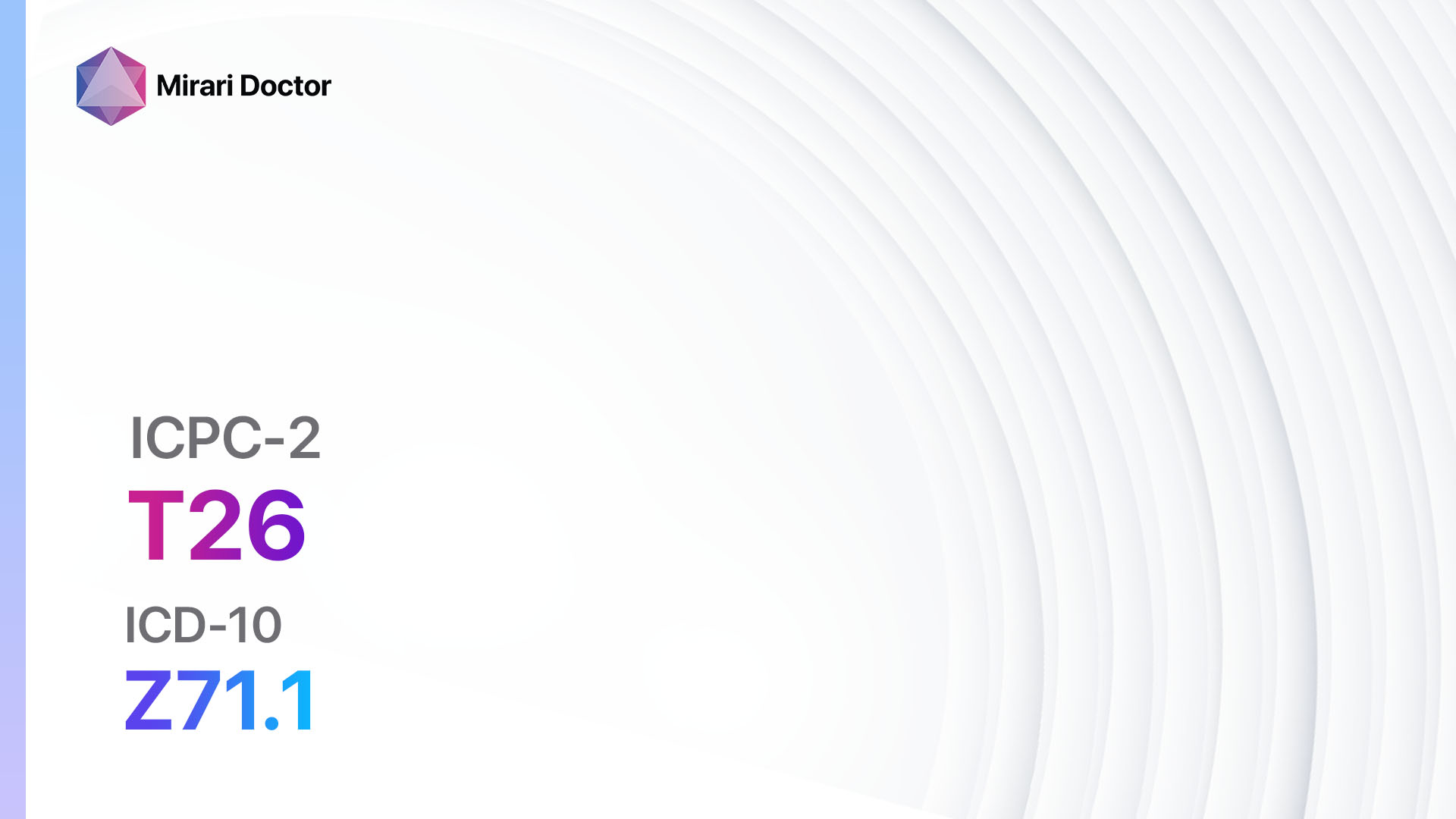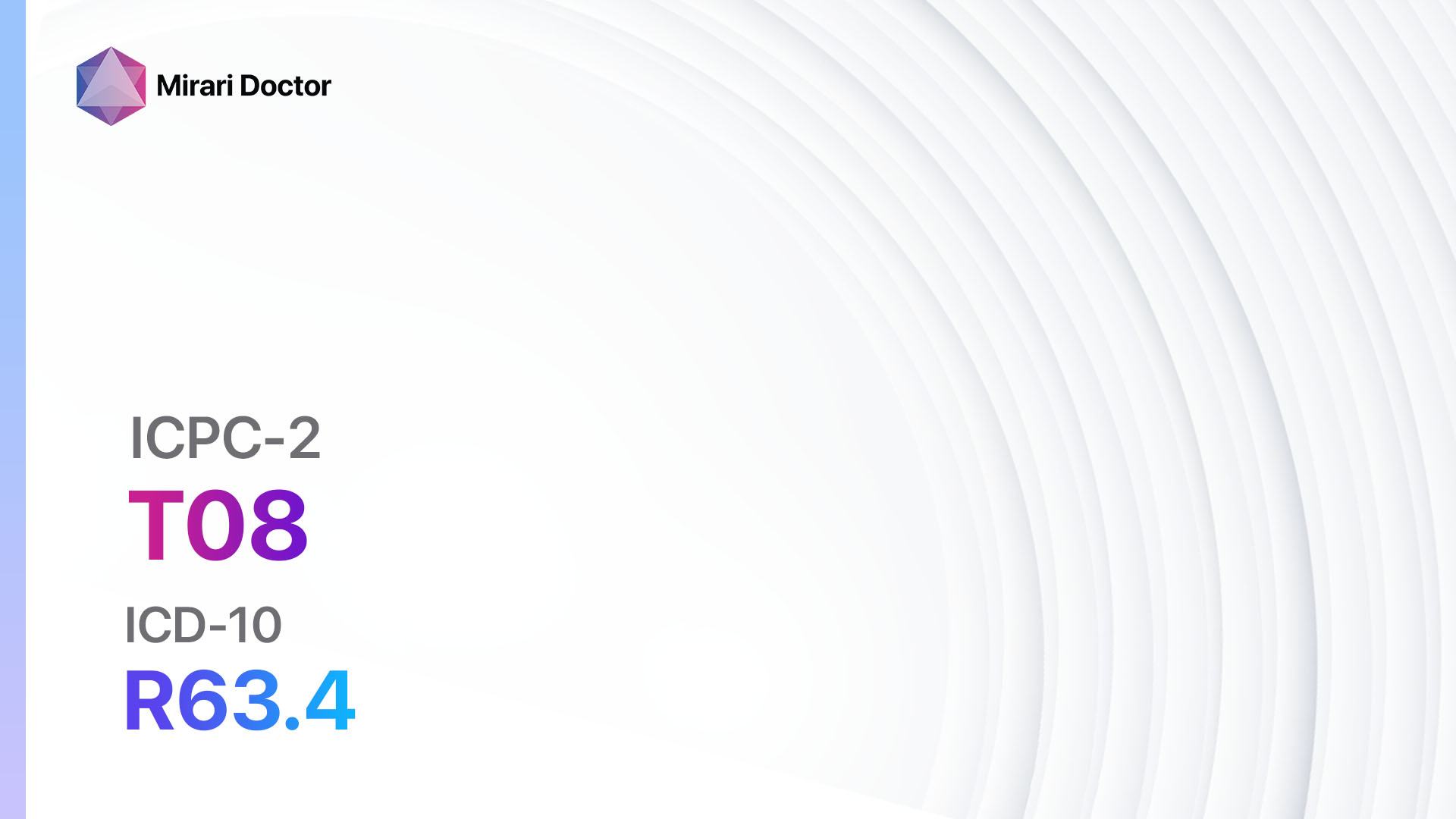
Introduction
Growth delay refers to a condition in which a child’s growth rate is significantly below average for their age and gender[1]. It can be caused by various factors, including genetic disorders, hormonal imbalances, chronic illnesses, and poor nutrition[2]. This guide aims to provide a comprehensive overview of the diagnostic steps, possible interventions, and lifestyle changes that can help manage growth delay in children.
Codes
- ICPC-2 Code: T10 Growth delay
- ICD-10 Code: R62.8 Other lack of expected normal physiological development
Symptoms
- Short stature: Children with growth delay are often significantly shorter than their peers[3].
- Delayed puberty: Growth delay can also affect the onset of puberty, resulting in delayed sexual development[4].
Causes
- Genetic disorders: Conditions such as Turner syndrome, Down syndrome, and Noonan syndrome can cause growth delay[5].
- Hormonal imbalances: Deficiencies in growth hormone, thyroid hormone, or sex hormones can lead to growth delay[6].
- Chronic illnesses: Conditions like kidney disease, heart disease, and gastrointestinal disorders can affect growth[7].
- Poor nutrition: Inadequate intake of essential nutrients can hinder proper growth and development[8].
Diagnostic Steps
Medical History
- Gather information about the child’s growth patterns, including birth weight, height, and any noticeable changes over time.
- Ask about the child’s diet, exercise habits, and any chronic illnesses or medical conditions.
- Inquire about the family history of growth-related disorders or genetic conditions.
Physical Examination
- Measure the child’s height and weight to assess their growth parameters.
- Evaluate the child’s body proportions, bone age, and any physical abnormalities.
- Examine the child’s sexual development, including the presence of secondary sexual characteristics.
Laboratory Tests
- Complete blood count (CBC): To check for any underlying infections or anemia.
- Thyroid function tests: To assess the functioning of the thyroid gland.
- Growth hormone stimulation test: To measure the child’s growth hormone levels and evaluate their response to stimulation.
- Bone age X-ray: To determine the child’s skeletal maturity and compare it to their chronological age.
Diagnostic Imaging
- Hand and wrist X-ray: To assess bone age and growth potential.
- Skeletal survey: To identify any skeletal abnormalities or dysplasias.
- Magnetic resonance imaging (MRI) of the brain: To evaluate the pituitary gland and rule out any structural abnormalities.
Other Tests
- Genetic testing: To identify any underlying genetic disorders that may be causing growth delay.
- Endocrine evaluation: To assess the functioning of the endocrine system and identify any hormonal imbalances[9].
Follow-up and Patient Education
- Schedule regular follow-up appointments to monitor the child’s growth and adjust treatment plans if necessary.
- Educate the patient and their family about the importance of proper nutrition, exercise, and adherence to treatment recommendations.
- Provide resources and support for the emotional and psychological well-being of the child and their family[10].
Possible Interventions
Traditional Interventions
Medications:
Top 5 drugs for Growth delay:
- Growth hormone therapy (e.g., Somatropin):
- Cost: $500-$3000 per month.
- Contraindications: Active malignancy, closed epiphyses.
- Side effects: Headache, joint pain, fluid retention.
- Severe side effects: Intracranial hypertension, pancreatitis.
- Drug interactions: Glucocorticoids, estrogen.
- Warning: Regular monitoring of growth parameters and potential adverse effects required.
- Levothyroxine (for hypothyroidism):
- Cost: $10-$30 per month.
- Contraindications: Acute myocardial infarction, uncorrected adrenal insufficiency.
- Side effects: Increased appetite, weight loss, insomnia.
- Severe side effects: Cardiac arrhythmias, osteoporosis.
- Drug interactions: Calcium supplements, iron supplements.
- Warning: Regular monitoring of thyroid function tests required.
- Anastrozole (for aromatase excess syndrome):
- Cost: $100-$300 per month.
- Contraindications: Severe liver disease, pregnancy.
- Side effects: Joint pain, hot flashes, fatigue.
- Severe side effects: Osteoporosis, cardiovascular events.
- Drug interactions: Estrogen-containing medications, tamoxifen.
- Warning: Regular monitoring of bone density and lipid levels required.
- Testosterone replacement therapy (for hypogonadism):
- Cost: $50-$200 per month.
- Contraindications: Prostate or breast cancer, untreated sleep apnea.
- Side effects: Acne, fluid retention, mood changes.
- Severe side effects: Cardiovascular events, liver toxicity.
- Drug interactions: Anticoagulants, insulin.
- Warning: Regular monitoring of testosterone levels and potential adverse effects required.
- Gonadotropin-releasing hormone analogs (e.g., Leuprolide):
- Cost: $500-$2000 per month.
- Contraindications: Pregnancy, undiagnosed vaginal bleeding.
- Side effects: Hot flashes, decreased libido, mood changes.
- Severe side effects: Osteoporosis, cardiovascular events.
- Drug interactions: Estrogen-containing medications, tamoxifen.
- Warning: Regular monitoring of bone density and potential adverse effects required.
Alternative Drugs :
- Aromatase inhibitors (e.g., Letrozole): Used in cases of aromatase excess syndrome.
- Clomiphene citrate: Stimulates ovulation in females with hypogonadotropic hypogonadism.
- Growth hormone secretagogues (e.g., Tesamorelin): Stimulate the release of growth hormone.
- Selective estrogen receptor modulators (e.g., Tamoxifen): Used in cases of aromatase excess syndrome.
- Luteinizing hormone-releasing hormone analogs (e.g., Triptorelin): Used in cases of central precocious puberty.
Surgical Procedures:
- Limb lengthening surgery: Involves the gradual lengthening of bones to increase height. Cost: $50,000-$100,000.
- Epiphyseal stapling: Placement of staples across the growth plate to slow down bone growth in one limb. Cost: $10,000-$20,000.
- Growth plate transplantation: Transplantation of healthy growth plates to stimulate bone growth. Cost: $30,000-$50,000.
Alternative Interventions
- Acupuncture: May help stimulate growth hormone release and improve overall well-being. Cost: $60-$120 per session.
- Yoga: Can improve posture, flexibility, and overall physical and mental well-being. Cost: $10-$20 per session.
- Nutritional supplements: Certain supplements, such as vitamin D, zinc, and omega-3 fatty acids, may support growth and development. Cost: Varies depending on the specific supplement.
- Physical therapy: Can help improve muscle strength, coordination, and overall physical fitness. Cost: $50-$100 per session.
- Psychological counseling: Can provide emotional support and help manage any psychological issues related to growth delay. Cost: $100-$200 per session.
Lifestyle Interventions
- Healthy diet: Encourage a balanced diet rich in fruits, vegetables, lean proteins, and whole grains to support growth and development. Cost: Varies depending on food choices.
- Regular exercise: Promote physical activity, such as swimming, cycling, or playing sports, to support bone health and overall growth. Cost: Varies depending on the chosen activity.
- Adequate sleep: Ensure the child gets enough sleep to support growth and hormone production. Cost: None.
- Stress management: Teach stress reduction techniques, such as deep breathing exercises or mindfulness, to promote overall well-being. Cost: None.
- Avoidance of smoking and alcohol: Educate the child and their family about the negative effects of smoking and alcohol on growth and development. Cost: None.
It is important to note that the cost ranges provided are approximate and may vary depending on the location and availability of the interventions.
Mirari Cold Plasma Alternative Intervention
Understanding Mirari Cold Plasma
- Safe and Non-Invasive Treatment: Mirari Cold Plasma is a safe and non-invasive treatment option for various skin conditions. It does not require incisions, minimizing the risk of scarring, bleeding, or tissue damage.
- Efficient Extraction of Foreign Bodies: Mirari Cold Plasma facilitates the removal of foreign bodies from the skin by degrading and dissociating organic matter, allowing easier access and extraction.
- Pain Reduction and Comfort: Mirari Cold Plasma has a local analgesic effect, providing pain relief during the treatment, making it more comfortable for the patient.
- Reduced Risk of Infection: Mirari Cold Plasma has antimicrobial properties, effectively killing bacteria and reducing the risk of infection.
- Accelerated Healing and Minimal Scarring: Mirari Cold Plasma stimulates wound healing and tissue regeneration, reducing healing time and minimizing the formation of scars.
Mirari Cold Plasma Prescription
Video instructions for using Mirari Cold Plasma Device – T10 Growth delay (ICD-10:R62.8)
| Mild | Moderate | Severe |
| Mode setting: 7 (Immunotherapy) Location: 1 (Sacrum) Morning: 15 minutes, Evening: 15 minutes |
Mode setting: 7 (Immunotherapy) Location: 1 (Sacrum) Morning: 30 minutes, Lunch: 30 minutes, Evening: 30 minutes |
Mode setting: 7 (Immunotherapy) Location: 1 (Sacrum) Morning: 30 minutes, Lunch: 30 minutes, Evening: 30 minutes |
| Mode setting: 7 (Immunotherapy) Location: 7 (Neuro system & ENT) Morning: 15 minutes, Evening: 15 minutes |
Mode setting: 7 (Immunotherapy) Location: 7 (Neuro system & ENT) Morning: 30 minutes, Lunch: 30 minutes, Evening: 30 minutes |
Mode setting: 7 (Immunotherapy) Location: 7 (Neuro system & ENT) Morning: 30 minutes, Lunch: 30 minutes, Evening: 30 minutes |
| Mode setting: 7 (Immunotherapy) Location: 1 (Sacrum) Morning: 15 minutes, Evening: 15 minutes |
Mode setting: 7 (Immunotherapy) Location: 1 (Sacrum) Morning: 30 minutes, Lunch: 30 minutes, Evening: 30 minutes |
Mode setting: 7 (Immunotherapy) Location: 1 (Sacrum) Morning: 30 minutes, Lunch: 30 minutes, Evening: 30 minutes |
| Total Morning: 45 minutes approx. $7.50 USD, Evening: 45 minutes approx. $7.50 USD |
Total Morning: 90 minutes approx. $15 USD, Lunch: 90 minutes approx. $15 USD, Evening: 90 minutes approx. $15 USD |
Total Morning: 90 minutes approx. $15 USD, Lunch: 90 minutes approx. $15 USD, Evening: 90 minutes approx. $15 USD |
| Usual treatment for 7-60 days approx. $105 USD – $900 USD | Usual treatment for 6-8 weeks approx. $1,890 USD – $2,520 USD |
Usual treatment for 3-6 months approx. $4,050 USD – $8,100 USD
|
 |
|
Use the Mirari Cold Plasma device to treat Growth delay effectively.
WARNING: MIRARI COLD PLASMA IS DESIGNED FOR THE HUMAN BODY WITHOUT ANY ARTIFICIAL OR THIRD PARTY PRODUCTS. USE OF OTHER PRODUCTS IN COMBINATION WITH MIRARI COLD PLASMA MAY CAUSE UNPREDICTABLE EFFECTS, HARM OR INJURY. PLEASE CONSULT A MEDICAL PROFESSIONAL BEFORE COMBINING ANY OTHER PRODUCTS WITH USE OF MIRARI.
Step 1: Cleanse the Skin
- Start by cleaning the affected area of the skin with a gentle cleanser or mild soap and water. Gently pat the area dry with a clean towel.
Step 2: Prepare the Mirari Cold Plasma device
- Ensure that the Mirari Cold Plasma device is fully charged or has fresh batteries as per the manufacturer’s instructions. Make sure the device is clean and in good working condition.
- Switch on the Mirari device using the power button or by following the specific instructions provided with the device.
- Some Mirari devices may have adjustable settings for intensity or treatment duration. Follow the manufacturer’s instructions to select the appropriate settings based on your needs and the recommended guidelines.
Step 3: Apply the Device
- Place the Mirari device in direct contact with the affected area of the skin. Gently glide or hold the device over the skin surface, ensuring even coverage of the area experiencing.
- Slowly move the Mirari device in a circular motion or follow a specific pattern as indicated in the user manual. This helps ensure thorough treatment coverage.
Step 4: Monitor and Assess:
- Keep track of your progress and evaluate the effectiveness of the Mirari device in managing your Growth delay. If you have any concerns or notice any adverse reactions, consult with your health care professional.
Note
This guide is for informational purposes only and should not replace the advice of a medical professional. Always consult with your healthcare provider or a qualified medical professional for personal advice, diagnosis, or treatment. Do not solely rely on the information presented here for decisions about your health. Use of this information is at your own risk. The authors of this guide, nor any associated entities or platforms, are not responsible for any potential adverse effects or outcomes based on the content.
Mirari Cold Plasma System Disclaimer
- Purpose: The Mirari Cold Plasma System is a Class 2 medical device designed for use by trained healthcare professionals. It is registered for use in Thailand and Vietnam. It is not intended for use outside of these locations.
- Informational Use: The content and information provided with the device are for educational and informational purposes only. They are not a substitute for professional medical advice or care.
- Variable Outcomes: While the device is approved for specific uses, individual outcomes can differ. We do not assert or guarantee specific medical outcomes.
- Consultation: Prior to utilizing the device or making decisions based on its content, it is essential to consult with a Certified Mirari Tele-Therapist and your medical healthcare provider regarding specific protocols.
- Liability: By using this device, users are acknowledging and accepting all potential risks. Neither the manufacturer nor the distributor will be held accountable for any adverse reactions, injuries, or damages stemming from its use.
- Geographical Availability: This device has received approval for designated purposes by the Thai and Vietnam FDA. As of now, outside of Thailand and Vietnam, the Mirari Cold Plasma System is not available for purchase or use.
References
- Rogol, A. D., Hayden, G. F. (2014). Etiologies and early diagnosis of short stature and growth failure in children and adolescents. The Journal of Pediatrics, 164(5), S1-S14.e6.
- Nwosu, B. U., Lee, M. M. (2008). Evaluation of short and tall stature in children. American Family Physician, 78(5), 597-604.
- Lifshitz, F. (2009). Pediatric Endocrinology, Fifth Edition: Volume 2 Growth, Adrenal, Sexual, Thyroid, Calcium, and Fluid Balance Disorders. CRC Press.
- Palmert, M. R., Dunkel, L. (2012). Delayed puberty. New England Journal of Medicine, 366(5), 443-453.
- Dauber, A., Rosenfeld, R. G., Hirschhorn, J. N. (2014). Genetic evaluation of short stature. The Journal of Clinical Endocrinology & Metabolism, 99(9), 3080-3092.
- Cohen, L. E. (2014). Idiopathic short stature: a clinical review. JAMA, 311(17), 1787-1796.
- Oostdijk, W., Grote, F. K., de Muinck Keizer-Schrama, S. M., Wit, J. M. (2009). Diagnostic approach in children with short stature. Hormone Research in Paediatrics, 72(4), 206-217.
- Grimberg, A., DiVall, S. A., Polychronakos, C., Allen, D. B., Cohen, L. E., Quintos, J. B., … & Drug and Therapeutics Committee and Ethics Committee of the Pediatric Endocrine Society. (2016). Guidelines for growth hormone and insulin-like growth factor-I treatment in children and adolescents: growth hormone deficiency, idiopathic short stature, and primary insulin-like growth factor-I deficiency. Hormone Research in Paediatrics, 86(6), 361-397.
- Collett-Solberg, P. F., Ambler, G., Backeljauw, P. F., Bidlingmaier, M., Biller, B. M., Boguszewski, M. C., … & Hokken-Koelega, A. C. (2019). Diagnosis, genetics, and therapy of short stature in children: a growth hormone research society international perspective. Hormone Research in Paediatrics, 92(1), 1-14.
- Taber, H. ; Pomerantz, B. J. ; Halfenger, G. M. (1978). NEAR ULTRAVIOLET INDUCTION OF GROWTH DELAY STUDIED IN A MENAQUINONE-DEFICIENT MUTANT OF BACILLUS SUBTILIS. DOI: 10.1111/j.1751-1097.1978.tb07694.x
Related articles
Made in USA


